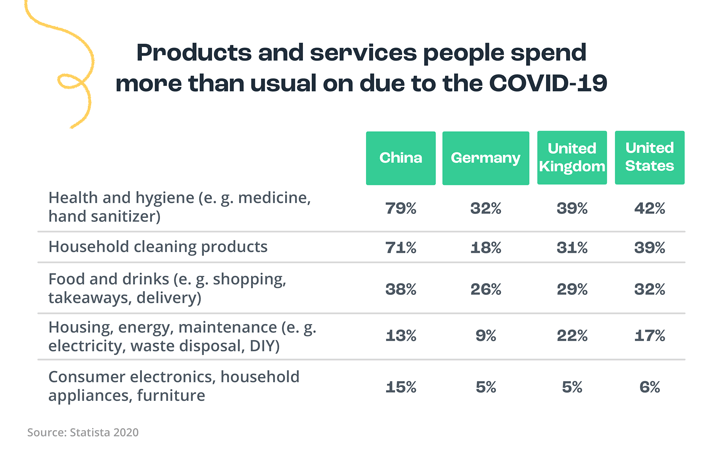
The COVID-19 pandemic has caused tremors in all sales sectors.
Some industries have been more affected than others by the earthquake; and with such changes in consumption the ones most affected, both now and when the health crisis ends, will be those that depended on an offline and traditional model.
Online demand for products has skyrocketed in recent weeks and has reached levels that most sectors could only have dreamed of. While the circumstances of this growth are not exactly positive, they do present a learning scenario for all sectors of manufacture and retail.
From this new vantage point we’ve learned that consumer priorities can change rapidly; that a consistent, quality online presence is essential in order to stand out; and that the distribution of the future will require smart technologies able to perform a range of analytics.
Above all, we’ve seen that companies need to be prepared to cope with changes in a streamlined way. Faced with an unstable future without clear predictions, the only way to survive is to stay tuned to the evolution of demand and have the digital tools available to avoid becoming extinct in this online world.
The challenges
- Increased demand for online products.
- Logistical problems: dependence on China in the production chain.
- Shortages of stock and a slow-down in product replenishment.
- Obstacles for international sales due to border closure measures.
- Delays in shipments and deliveries due to cuts and controls in courier services.
- Launch of new products by digital means only.
- Digital remodelling of the previously in-person shopping experience (such as, augmented and virtual reality, videos, and online presentations)
- Strengthening of customer service and certain sales conditions.
- Remote communication with the commercial and distribution network.
- New forms of commercial exhibition (cancellation of trade fairs).
- Incorporation of essential digital management technologies (CMS, PIM).
The new goals
- Complete integration of offline and online resources.
- Transfer of your offline and traditional catalog to digital.
- Expansion of digital distribution and sales channels.
- Uniform and positive user experience in all channels.
- Improvement of your online brand image.
- Swift and easy communication with your commercial network and customers.
- Fast, real-time management of product content.
- International management of your catalog, in different languages.
The opportunities
- Growth in online demand.
- More time spent online: greater exposure and diffusion of ads.
- The impact on new types of buyer.
- Resources being invested in local and national production.
- Increased presence on the most popular devices and channels: smartphones, online marketplaces, search engines (Google).
- Boom of the D2C model (direct to consumer) as opposed to intermediaries.
The challenges of digitization by industry
There are a few silver linings on the coronavirus scenario: some industries have a window of opportunity for growth and expansion.

![]()
Online demand for groceries and home deliveries have skyrocketed in the wake of the COVID-19 health crisis. Supermarkets, small retailers, manufacturers and distributors are facing a logistical and digital challenge that could be a big push for the industry.
![]()
During a health crisis, medications continue to be a fundamental priority for most of consumers. Pharmacy will be one of the top-ranking industries for the next few years, but digitization is a must to adapt to distribution problems that could affect the industry in the long term.
![]()
The recommended hygiene measures in the wake of the COVID-19 crisis have led to an increased demand for household cleaning products. The chemical industry was already experiencing a rapid expansion that could be accelerated. The challenge for the future: sustainable ingredients and more digital presence.
![]()
Lockdown measures have led to a peak in spending on electronic devices for home working. The demand for household appliances, particularly kitchen accessories, has opened up an opportunity for the electronic sector that could benefit it in the medium and long term.
![]()
The psychological challenges of confinement have led to an unusual demand for beauty care products. Taking time for oneself is a new habit for many consumers in the midst of the health crisis, and cosmetic manufacturers could grow steadily.
![]()
Consumers spend more time at home making improvements, and it is foreseeable that the construction sector will return to its course after the health crisis. Lighting is an industry with an impressive growth that handles very complex product content: digitalization is vital.



.png?width=520&name=Blog%20Partner%20(1).png)




